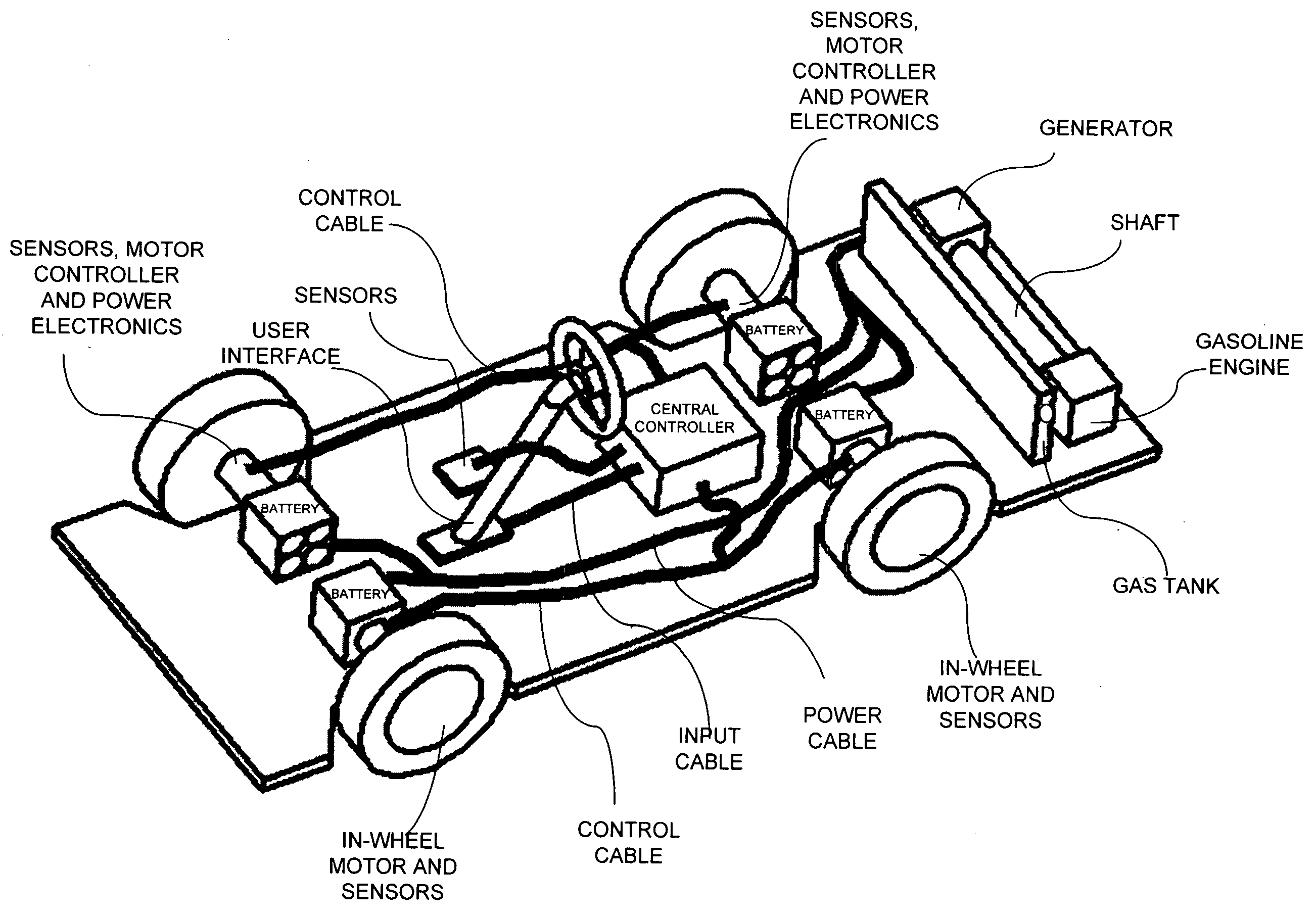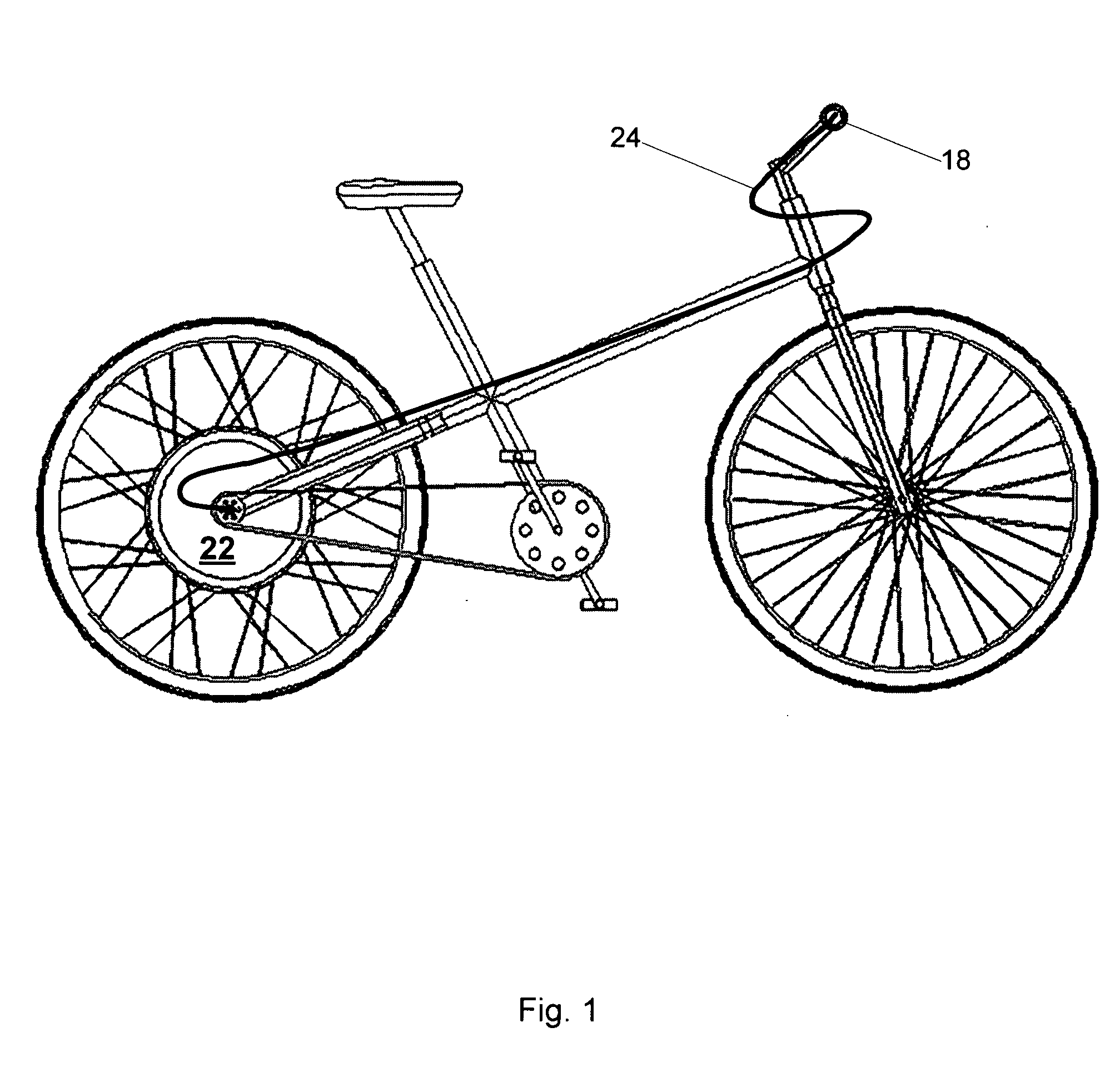In-wheel electric motors
a technology of electric motors and electric motors, applied in the direction of electric propulsion mounting, magnetic circuit shape/form/construction, electric devices, etc., can solve the problems of increased unsprung mass, negative effect on motor performance, and consequent effect on ride and handling
- Summary
- Abstract
- Description
- Claims
- Application Information
AI Technical Summary
Benefits of technology
Problems solved by technology
Method used
Image
Examples
Embodiment Construction
Advantages of In-Wheel Adaptive Motors
[0064] In-wheel adaptive motors solve or reduce many of the problems with existing in-wheel motor systems. In-wheel motors take up less space, have lower weight than conventional motors, provide more power than existing electric motors, are more efficient than prior art electric motors, and provide greater reliability and performance than existing electric motors while being more economical to produce.
[0065] There are various features of the electric motors of the present invention that provide for the above-mentioned advantages over prior art design. These features include segmented magnetic circuits enabling premier torque production, fast response and precise control of motor output, and soft magnetic electromagnets and shaped pole heads which enable unprecedented torque density. Further, independent pole control and phase advance enables greater than average efficiency for an electric motor.
[0066] The adaptive control systems of these mot...
PUM
 Login to View More
Login to View More Abstract
Description
Claims
Application Information
 Login to View More
Login to View More - R&D
- Intellectual Property
- Life Sciences
- Materials
- Tech Scout
- Unparalleled Data Quality
- Higher Quality Content
- 60% Fewer Hallucinations
Browse by: Latest US Patents, China's latest patents, Technical Efficacy Thesaurus, Application Domain, Technology Topic, Popular Technical Reports.
© 2025 PatSnap. All rights reserved.Legal|Privacy policy|Modern Slavery Act Transparency Statement|Sitemap|About US| Contact US: help@patsnap.com



